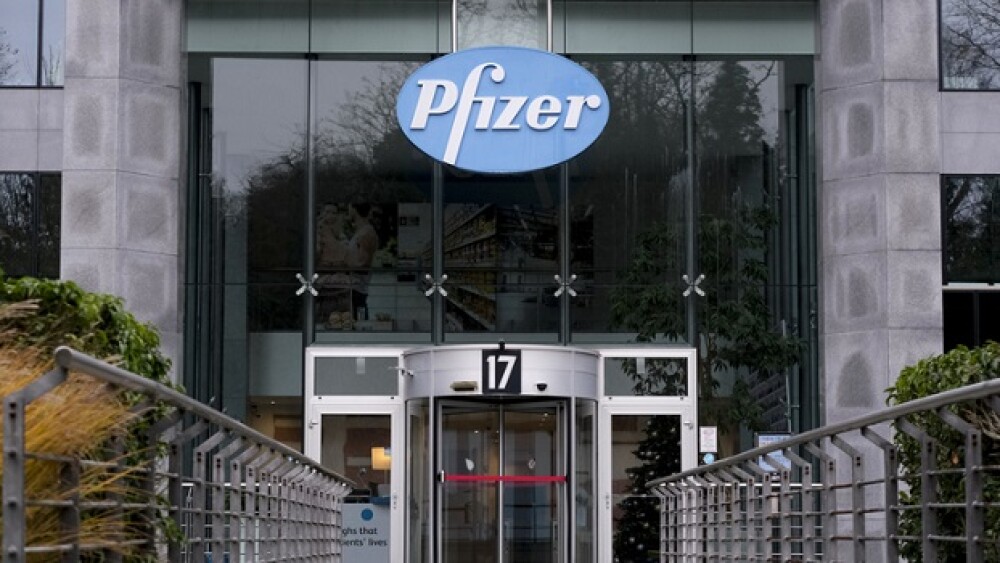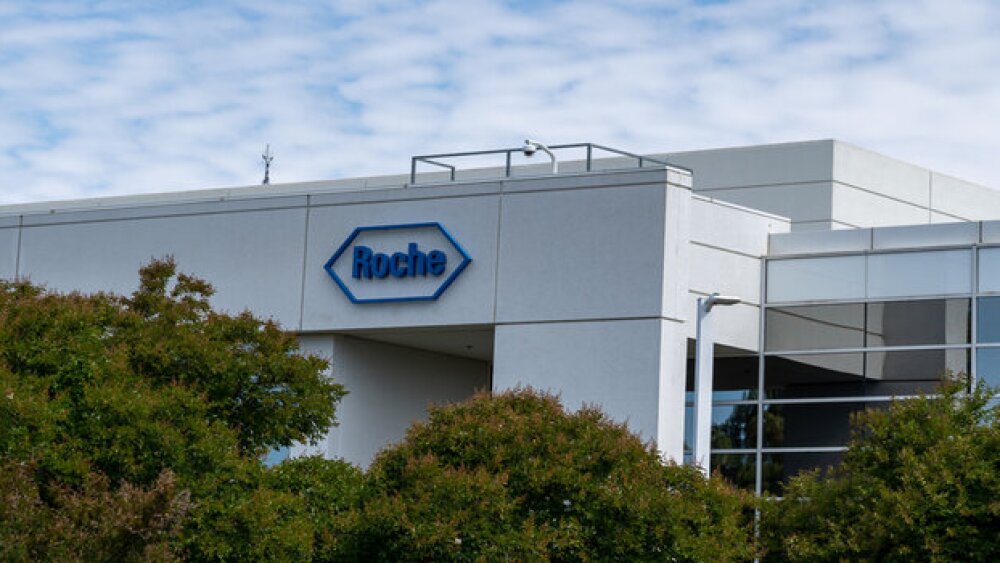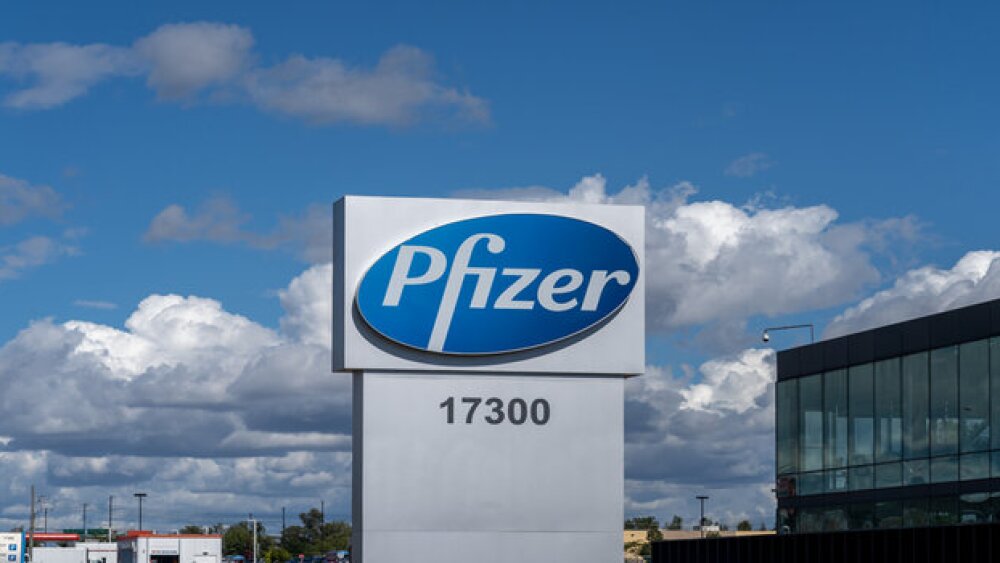CBER is unanimously against Elevdiys’ return to the market without additional evidence, according to media reports citing an anonymous senior FDA official. Given Elevidys’ full approval, however, experts told BioSpace this path would set up a length legal battle between the regulator and Sarepta Therapeutics.
Sarepta Therapeutics might need to run additional studies to prove the safety of Duchenne muscular dystrophy gene therapy Elevidys before it’s allowed back on the market, according to reporting from Endpoints News and Bloomberg on Thursday.
Sarepta could be asked to tweak its dosing and manufacturing for Elevidys, or test it on additional patients—with subsequent liver function tests—to better understand the gene therapy’s safety profile, Endpoints noted, citing a senior official at the FDA who asked to remain anonymous. “I don’t know how you can approve a product that maybe shouldn’t ever come to market in the first place, and is killing people,” the official told the publication. “That is a very tough proposition to keep it on the market.”
Reviewers at the agency’s Center for Biologics Evaluation and Research (CBER) appear to stand unanimously against allowing Elevidys back to the market, the senior official added. CBER Director Vinay Prasad had previously spoken out against his predecessor Peter Marks, who in June 2024 overruled reviewers and granted full approval to the therapy despite it having failed its Phase III confirmatory study.
But stopping the commercial comeback of Elevidys is easier said than done, experts told BioSpace.
“The FDA’s position, as it stands, is highly unusual and raises significant questions, both legally and procedurally,” Audrey Greenberg, a Mayo Venture Partner, wrote in an email. “Although Elevidys has full approval for ambulatory patients, the FDA is signaling that Sarepta may need to conduct additional studies to remain on the market—unprecedented move for a traditionally approved product.”
Courtney Rice, principal at Acadia Strategy Partners, agreed, noting that if the FDA formally acts to require additional data before Elevidys shipments can resume, it could raise some thorny legal problems for the regulator. “I question how FDA can just pull a fully-approved drug. I’d imagine Sarepta is quietly setting up the dominos for emergency injunctive relief—but it’s just unclear if they’ll find comfort in Lady Justice’s arms.”
Whatever course of action the company chooses, “I don’t see how FDA can take Sarepta’s . . . fully approved label from them without a long drawn-out legal fight,” Rice added.
Greenberg did point to a few mechanisms at the regulator’s disposal, such as requiring labeling changes, requiring risk evaluation and mitigation strategies (REMS)—a guardrail the FDA recently dropped for CAR T therapies—and issuing public statements that could influence clinical practice. “For the fully approved ambulatory use,” she added, “any withdrawal would require a formal process including notice, opportunity for hearing, and potentially litigation which could take months or longer.”
Sarepta’s Future Hangs in the Balance
Even in advance of such drastic measures, analysts consider these internal sentiments at the FDA a bad sign for Sarepta’s financial solvency. In a note on Thursday, BMO Capital Markets analysts wrote to investors that requiring another trial for Elevidys in ambulatory patients “could threaten [Sarepta’s] existence.”
William Blair analysts expressed similar concerns, writing that these “unofficial” comments from the FDA official suggest “the path to resumption of Elevidys commercialization may be arduous.”
“Any delay in Elevidys’s return to the market is severely unfavorable,” William Blair analysts added, noting that Sarepta currently owes its licensing partner Arrowhead Pharmaceutical near-term obligations, payments for which “are reliant on Elevidys revenue in 2026 and beyond.” Arrowhead indicated earlier this week that it continues to expect Sarepta to hold up its end of the deal.
At this point, the details of the FDA’s potential request for more data are unclear, however, and it’s possible it will be limited to nonambulatory patients. If that were the case, the regulatory action “shouldn’t have a significant impact” on the company, BMO wrote.
The fate of Elevidys’ market status is the culmination of a difficult few months for Sarepta. In March, the company reported that a patient had died of acute liver failure after receiving Elevidys. Another death followed in June, prompting the biotech to institute a host of safety initiatives for the gene therapy, including applying a boxed warning. Then, earlier this month, news emerged that another patient taking a Sarepta therapy had died, this time after being dosed with the investigational gene therapy SRP-9001, being trialed for limb-girdle muscular dystrophy. All three deaths were of nonambulatory patients, for which Elevidys has only accelerated approval.
If, as BMO speculated, the FDA action is limited to this patient population, “the FDA has more latitude to act, especially if confirmatory evidence is lacking or if safety concerns escalate,” Greenberg said. “If Sarepta declines to run new studies, the FDA could attempt to withdraw approval for the nonambulatory indication relatively quickly.”
Sarepta’s stock as fallen some 90% since the beginning of the year, in large part driven by news of these deaths. The company’s share price was briefly buoyed last Wednesday in response to an investor call where the company announced it would add a black box warning to Elevidys’ label as well as pivot toward its siRNA technology while laying off 500 employees. The stock then cratered after news reports of the third death raised questions about the Sarepta’s transparency and prompted the FDA to ask Sarepta to halt all shipments of Elevidys in the U.S. The company initially refused but then ultimately complied with the request days later.
Whether or not Sarepta complies with an impending FDA request is also uncertain. “Practically, most companies would engage with the FDA to preserve long-term market access and avoid reputational damage,” Greenberg explained. “But this case could set new precedents, and the ambiguity is worth watching closely.”






